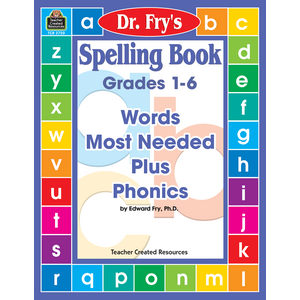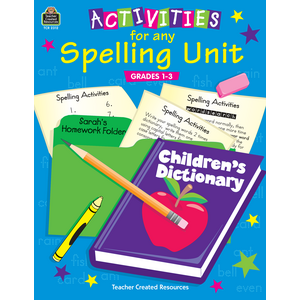Classroom Coupons
Why not create coupons to give as rewards for good behavior, special efforts, good work? Coupons could be for eating with the teacher, a night off from homework, having lunch with another class, moving one’s desk to a preferred spot, etc. Coupons are a fun way to reward.
Compliment Box
Have a special box for just compliments. Encourage students to write a compliment when they catch a classmate doing something nice. At the end of each day, read each note aloud and then, give the notes to each student who was complimented. This tactic can build up students’ self-esteem. You might want to keep a list of those who receive notes in order to make sure that each student gets a note from time to time.
Payday
To make this technique work, you must have a pocket folder for each student. On the first day of a two-week period, students are given a set of homemade money, cut and stapled in a durable envelope with their names on the front. Students will, initially, write their names on the back of the money. Set up a system of values.
Students can lose money for the following reasons:
$ ___ no pencil
$ ___ no homework
$ ___ chewing gum
$ ___ eating in class
$ ___ running in the hall
Students can earn money for the following reasons:
$ ___ a clean desk
$ ___ a good grade
$ ___ bringing homework
$ ___ being helpful
Adjust rules as you wish. Have an end-of-the-period sale. Provide small items that the students can purchase such as stickers, books, pencils, etc., or even a no-homework night.
Rewards at No Cost
If you do not want to always buy things as rewards, here are a few reward ideas that do not cost anything.
- be first in line
- draw on the board
- use the computer
- no-homework-night pass
- go to the library
- be the teacher helper
- do work at the teacher’s desk
- move desk to another place
- read to a younger class or student
- have extra center time
- go to another room for lunch
Zip the Lips
Make a large set of lips, complete with zipper. Cue in your students that when you make a zip motion over the lips, the meaning is the following: “Zip your lips.” In other words, get quiet!
Fishing on Friday
Want to have good behavior during the week? One way to encourage following rules is to have a special surprise. First, obtain a small fish bowl. Place the students’ names in the bowl if a student was good for the week and followed all the rules. At the end of the week, have a drawing. Have some type of special treat or prize for the week’s winner.
Smile Face Reminder
Sometimes it is hard to remember to smile. Make a large smiley face and suspend it from the ceiling. When you notice it, it will be a great reminder to stay positive.
Be Human
Students need to know that teachers are human, too. Everyone makes mistakes, even the teacher. Sometimes it is effective to deliberately make a mistake in order to let the students react and correct! When using this approach, be careful that you do not let students get away with being disrespectful. Students respect is a necessary component of good teaching.
Silent Signals and Signs
Silent signaling to your class is always a plus. To silently signal to students that they should stop talking, create a signal light. Put up the red signal when they are too noisy and need to be quiet. Put up the yellow signal when they can talk and share in low voices. Use the green signal for saying talking is all right. If money is no problem, purchase a small stoplight through a teacher supply company.
Other proven methods involve using hand signals. A thumbs up can mean “excellent” or “I’m proud of you.” Work with your students to develop signs. This can be a fun way to talk about people who are deaf and how they communicate with each other.



